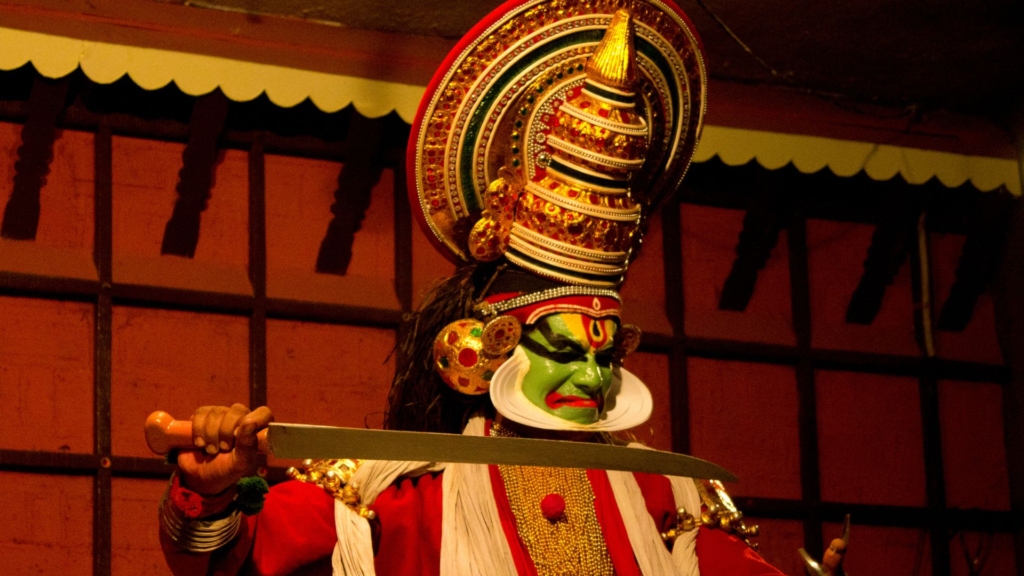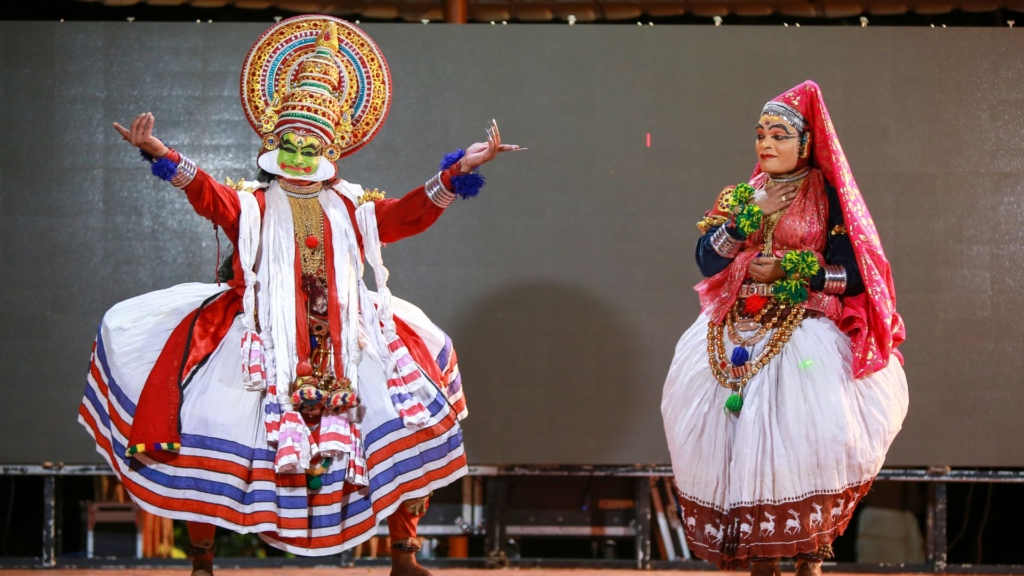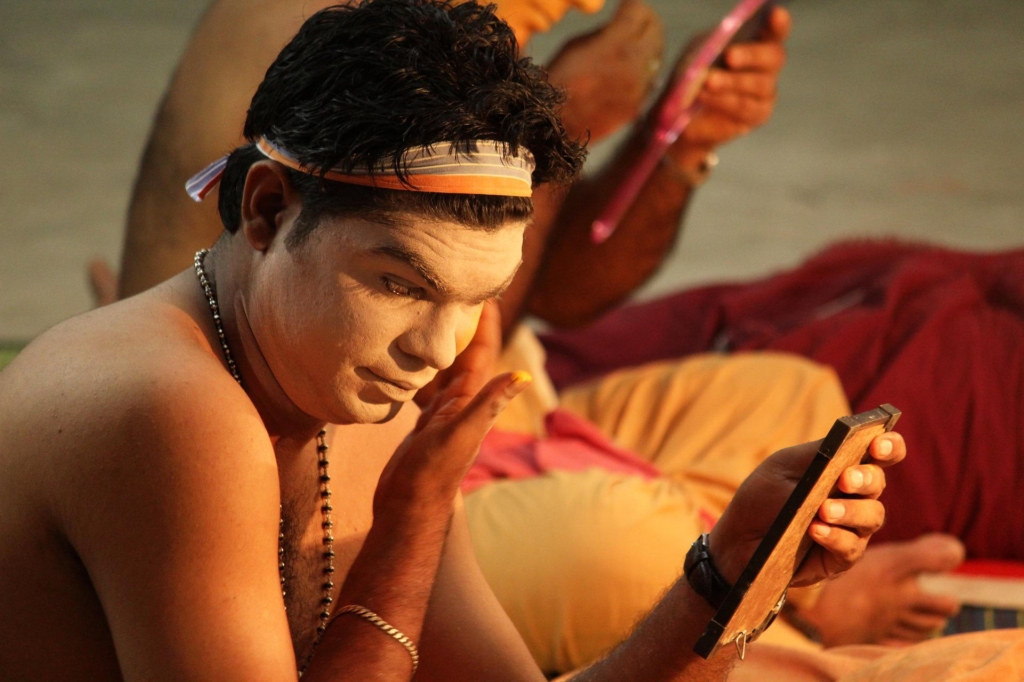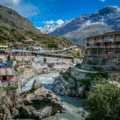The enticing green face, highlighted eyes, exaggerated jawbones and whimsical costumes of the artists have turned into a major tourist curiosity in recent years. Yes, we are talking about one of the popular pantomimes of India, KATHAKALI. As the name goes, ‘Katha’ means story and ‘kali’ means art. It is a story play form of the classical dance-drama of Kerala.
Kathakali plays mostly enact the episodes of the local versions of Hindu epics viz., The Mahabharata, The Ramayana and Puranas. The artists have this bewildering talent for bringing these characters to life.
The unique art form of ‘God’s Own Country’
Originated in late 16th and 17th century India, this classical dance form has its roots in ancient folk arts and classical dance. It blends music, choreography, hand gestures, and vocal narratives to elucidate the stories. The stories are narrated by three types of performers: the actors (who do not speak), the percussionists, and the vocalists. Initially, the actors were all males, but that has evolved. Now both men and women perform the Kathakali dance.
Backstage Makeup Art

One of the most interesting parts of the whole Kathakali experience is getting access to the backstage dance performers. A huge amount of time is devoted to makeup and costume preparation. One can witness their dedication even before the event performances and all that it takes to transform a common face into that of a dancer. The art of painting masks is well depicted through Kathakali, do not miss it!
The art theory of Kathakali
A vivid display of the Hindu Epic and Puranic players from kings, queens, demons, demonesses, etc., take to the stage in a typical performance. Basically, only men play all the characters, but the modern-day performers have included women also, which has brought in quite a change.
The plays exhibit the four precepts of Indian theatre – Angika (the physical expression), Satwika (facial expression), Vachika (rhetoric aspects), and Aharya (the art of costume and makeup). The dance drama showcases the storytelling art through music and song. The various gestures and movements in the dance form demonstrate the meaning of the story that is being performed. The emotions conveyed by the performers take the audience to the real sphere of the tale through their dramatic expressions, gestures, makeup and costumes. The neatly assembled combination of the music, sound and dance drama convinces the people of the prodigious beauty that Kathakali holds. It is the perfect portrayal of the fact that emotion goes beyond words.
Gesture and Facial Expressions

The movement of eyeballs, nose, chin, and cheeks, and the exquisite mudras of hands and bodies portray smooth mastery of the art. The pointing of a finger followed by the sweep of the body with the great circling of the whole hand makes it vigorous and florid. The leaps, turns, the flexible deportment of the body, and the rhythmic coordination make it a joy to watch. The part of the performance which lets the characters demonstrate their merit in acting is Ilakiattam. For the other part of the performance, the dancers act in strict conformity to the words of the musician. The performance gets started at dusk and continues till dawn with breaks and interludes.
Engages audience

The most exciting part of the dance drama is that it makes the audience engage in following the ‘signals’ of the performance. It takes students nearly 12 years of training and study to learn the choreography and the gestures necessary in Kathakali. But the real trick lies in mastering eye movement. The dancers constrict and move their eyes to express all their emotions. They even explain the details of makeup and the theme of the dance in English. Travelling to Kerala and not watching Kathakali dancers perform on the stage would be a great loss. Make a detour to see this traditional spectacle and experience the emotional outflow while watching the actions unfold.



